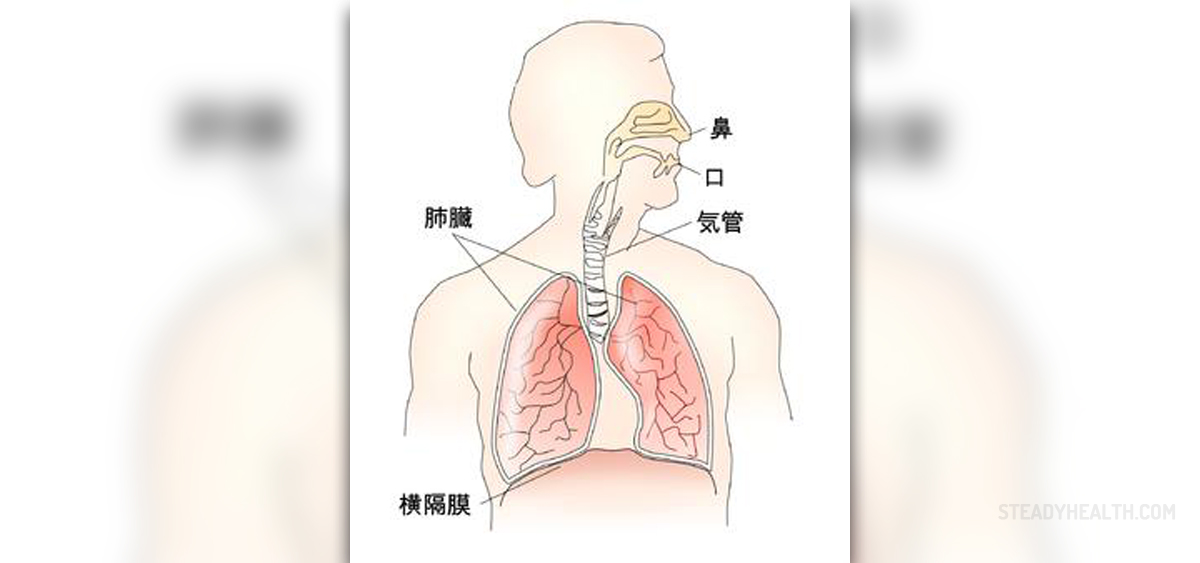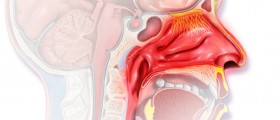
Chronic respiratory diseases are a group of disorders that affect the airways and other parts of the lung. Asthma, chronic obstructive pulmonary disease (COPD), respiratory allergies, occupational lung disease, cystic fibrosis, pulmonary hypertension, sleep apnea, tuberculosis and lung cancer are some of the most common chronic respiratory diseases.
Hundreds of million of people worldwide are affected by chronic respiratory diseases each year. According to the World Health Organization, in 2004 around 235 million people were diagnosed with asthma, 64 million suffered from COPD and millions of people were affected by allergic rhinitis and other chronic respiratory diseases.Risk Factors for Chronic Respiratory Diseases
One of the major risk factors for chronic respiratory diseases is smoking. This includes both personal smoking and exposure to second-hand smoke. Cigarette smoke can trigger and aggravate symptoms of many chronic respiratory diseases. Outdoor and indoor pollution is another main risk factor. Other risk factors include occupational exposure to dust, fumes, metal alloys and other toxic agents as well as allergens such as pollen, dust mite and pet dander.
Allergic Rhinitis and Sinusitis
Allergic rhinitis also known as hay fever is inflammation and swelling of the mucous membranes of the nose. Sinusitis can be acute or chronic and occurs due to inflammation of the sinuses. These conditions are connected to each other since allergic rhinitis causes blockage of the nose which then leads to sinus congestion.
Sinusitis is accompanied with headache, postnasal drip, yellowish nasal discharge, pressure in the face and fever. It can be caused by common cold, hay fever and nasal polyps. Acute sinusitis usually resolves without treatment while chronic sinusitis is treated with antibiotics, decongestants or steroid nasal sprays.
Allergic rhinitis is caused by indoor or outdoor allergens. Allergic rhinitis due to outdoor allergens such as mold or pollen is also known as hay fever. Indoor allergens include pet dander, indoor mould and dust mites. Symptoms of allergic rhinitis are sneezing, coughing, congestions and runny nose and itching of the eyes and nose.
Bronchiectasis
Bronchiectasis is the condition marked by widening of the one or more airways. It causes buildup of extra mucus in the widened airways. This accumulated mucus creates perfect environment for growth of bacteria leading to infection.
Bronchiestasis can develop due to inherited conditions such as primary ciliary dyskinesia or cystic fibrosis. The airway can be also damaged due to regurgitated and inhaled stomach acid. Bronchiestasis may occur due to blockage of the airway due to inhaled and stuck objects or inhalation of poisonous gases. Severe lung infections like tuberculosis, whooping cough, pneumonia or measles can also lead to bronchiestasis.
The condition causes cough and production of extra sputum, fatigue, difficulty concentrating and wheeziness. Bronchiestasis can not be cured but treatment to relieve the symptoms is available. The treatment includes regular physiotherapy, antibiotics and surgery.
Obstructive Sleep Apnea Syndrome.Obstructive sleep apnea syndrome causes recurrent episodes of interrupted breathing during sleep and is often accompanied by loud snoring. This condition affects quality of sleep leading to excessive daytime sleepiness, difficulty concentrating and headaches. Obstructive sleep apnea syndrome can lead to serious complications such as cardiovascular and cerebrovascular diseases.
Pulmonary Hypertension
Pulmonary hypertension is increased blood pressure in the arteries of the lungs. The condition develops when the arteries become narrow which makes harder for blood to flow through the lungs resulting in elevated pressure within the lungs. The condition causes shortness of breath, fatigue, dizziness, chest pain, palpitations and cyanosis.

















Your thoughts on this
Loading...